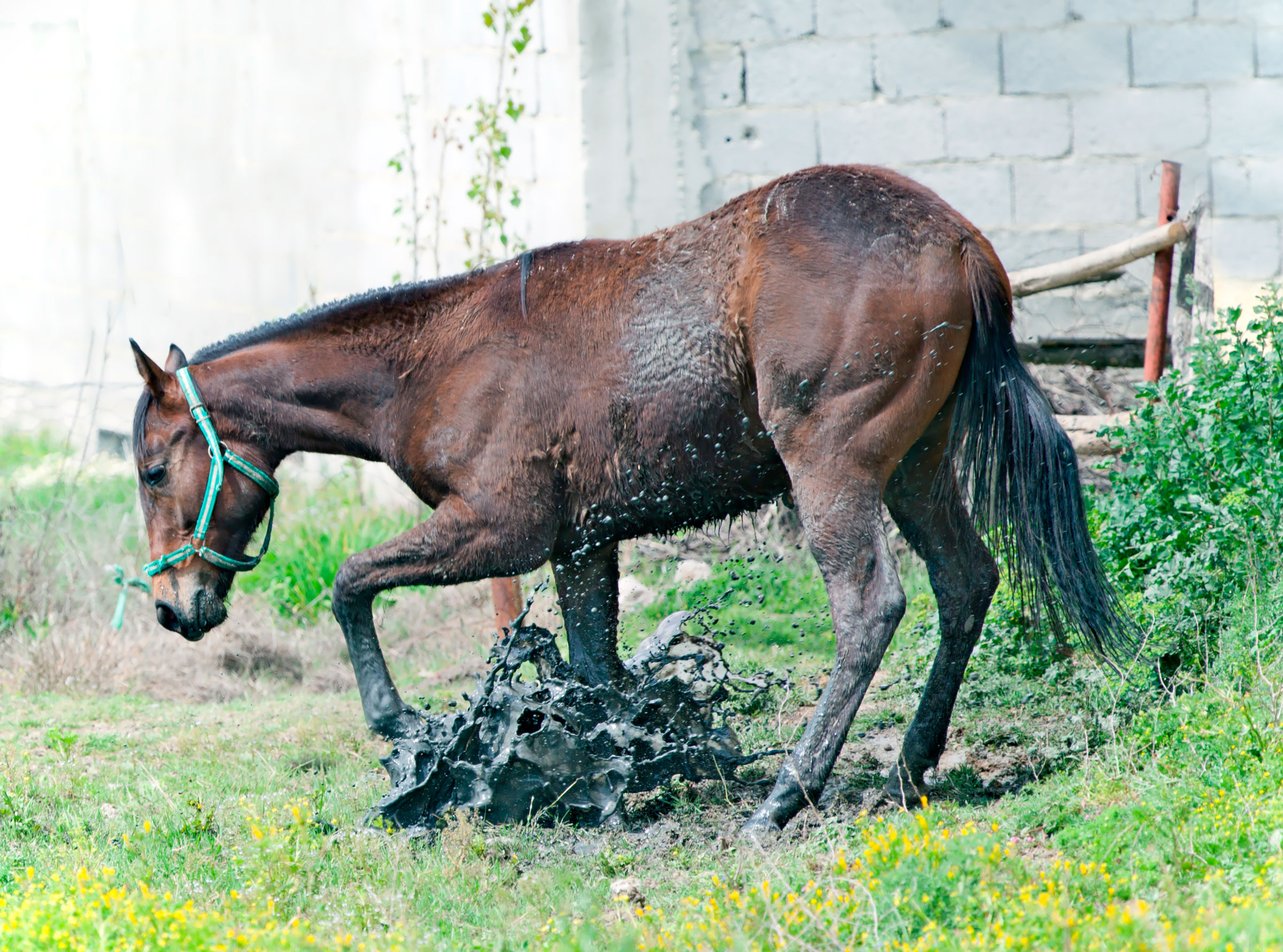
Although not a new disease, leptospirosis is getting a bit of attention lately. It is caused by a spiral bacterium (known as a spirochete) that persists in the environment through reservoir hosts of domestic and wild animals. These animals don’t necessarily demonstrate illness related to infection, but they can shed the organisms in their urine, thereby spreading it widely through the environment.
Chronic infection of kidney tissue causes bacterial shedding for long periods. Leptospirosis is also a human public health risk as a zoonotic disease (transmitted between animals and people), like barn personnel, who may come into contact with animal urine or contaminated water or soil.
In contrast to a carrier animal, an incidental host such as a horse is not necessarily highly susceptible, but if infected, usually develops acute and severe disease. Exposure to Leptospira is relatively common; however, infection rates are low. High stocking density of horses and certain environmental factors increase the risk of exposure. Several different serovars (bacterial variations) tend to create disease in horses but Leptospira pomona is responsible for the bulk of equine disease in the USA. Rarely, a horse might be infected with Leptospira grippotyphosa.
During the acute phase of infection, a horse sheds large quantities of pathogen into urine, milk or tissues of an aborted fetus or placenta. Other animals might contact these tissues or excretions directly or when in contact with contaminated bedding, soil, food or water.
Leptospirosis organisms survive for weeks in warm, moist environments and slow-moving water. High precipitation rates and/or flooding create favorable conditions for exposure and infection. Infection is usually contracted by a horse through mucous membranes of the mouth or eyes, or penetration of abraded or soft skin. Although less common, other avenues of infection include ingestion of contaminated feed or water, inhalation, or animal bites. Leptospira bacteria create inflammation of the membranes lining blood vessels (vasculitis) that then affects specific organ systems.
Signs of Disease
In horses, the most common organ systems affected by Leptospira are the reproductive tract and the eyes. Leptospirosis can cause embryonic reabsorption early in gestation, or abortion, usually within the middle to late gestational period. Testing of aborted fetuses, stillborn foals, and placentas has demonstrated an incidence of 2.5 – 4.4% leptospirosis-induced abortion. If an infected fetus makes it to term, the newborn is often weak and not likely to survive.
Infection that localizes in the eye elicits equine recurrent uveitis (ERU) through both bacterial infection and a corresponding immune response that often persists even once infection is cleared with antimicrobial therapy. Typical signs of ERU include signs of pain and inflammation: Squinting, sensitivity to bright light, ocular discharge, contracted pupil, corneal ulcers or glaucoma. If ERU persists without control, there is the potential for cataracts or blindness to occur. One study indicated that ERU caused by leptospirosis is 4.4 times more likely to result in blindness that other cases of uveitis not related to leptospirosis.
More generalized systemic disease from leptospirosis can occur in all ages of horses. Initially, signs may be relatively non-descript, such as fever, lethargy, and lack of appetite. Later, there may be indications of liver and/or kidney dysfunction. Diagnostic tools rely on microscopic examination and/or fluorescent antibody testing (FAT) for the presence of these bacteria in urine, preferentially, but also in blood, fetal tissues, placenta, cerebrospinal fluid and milk.
An antibody titer detected in blood or aqueous humor of the eye identifies that a horse has been exposed; a titer greater than 100 identifies active infection. Many horses can be exposed to leptospirosis, yet they don’t develop clinical disease.


